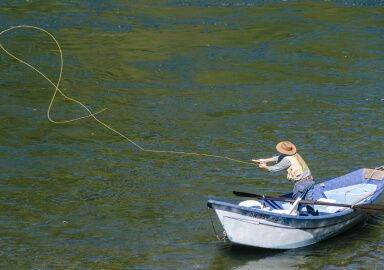Tope Shark
Once heavily fished as a source of vitamin A commercially, nowadays the tope shark remains a prized target for recreational angling.
View 2 listings
2
listings
–
price starting from
2
countries
–
to the nearest trip
Where and When?
Recreational fishing importance is centred around the United Kingdom and western Europe with some fishing on the western seaboard of the USA and also around some of Australia and New Zealand. The species is found throughout most of the temperate areas of the world’s oceans but numbers were drastically reduced by fishing decades ago and numbers remain low in many areas. Tope shark are found from shallow waters down to about 200 m. (2 600 ft.) but come close to the shore in sheltered bays to pup in summer. They are often associated with bottom feeding in deep areas but also rise up to feed on pelagic (open ocean) fish. In shallow areas, however, they often stay close to the seabed and feed on bottom fish such as dab and flounder.
June to September are the best months for inshore fishing in the Northern Hemisphere but, in deep waters, they can be caught throughout the year. Tope probably feed through the day and night but day fishing is much easier and can produce good catches. Due to being highly migratory, it is important to ask local people when the tope are abundant in an area and where they congregate locally.
About Tope Shark
The tope shark (Galeorhinus galeus) also called the “school” or “soupfin” shark is an elongate but typical looking shark. It was found to be an excellent source of vitamin A, mostly in its liver, and was so heavily harvested before the Second World War that it is now classified as “critically endangered” in some areas. Tope sharks are grey above with white bellies and the posterior lobe of the tail fin has a deep notch. Smooth hound sharks are similar but they lack the deep notch and their teeth are strong, but blunt, while tope have sharp triangular backward curved teeth.
Tope sharks eat mostly fish, such as pilchards and mackerel, but also bottom fish and some invertebrates including squid. Male tope can grow to sizes between 1.35 m. and 1.7 m. (53-69 in.) while the larger females can attain 1.5-1.9 m. (59-77 in.). The greatest mass reported is 55 kg. (121 lbs) and the oldest fish was estimated at 55 years. Sexual dimorphism is typical for sharks with the males having “claspers” and the females not growing as large as males. Tope sharks often form shoals and migrate both inshore and offshore as well as moving northwards and southwards each year. They are live-bearing, producing 28-38 pups each season.
How to Catch?
Despite extremely heavy commercial fishing throughout their range, that reduced numbers markedly through the use of longlining and gillnets, tope remains a prime coastal sport angling species. They are almost exclusively caught on heavy spinning tackle using some form of natural bait. They can be caught from the shore, in suitable areas, or from small local or charter boats. Shore fishing, which is particularly popular around much of the English coast, is concentrated in rocky areas with fairly deep water close inshore. Heavy tackle is essential due to the possibility of a large shark plus the likelihood of the line being pulled across rocks.
Tope favour gullies with water moving through them fairly rapidly and placing a suitable bait, a piece of mackerel or flatfish, can give good results. A hooked tope needs to be pulled hard to keep it from reaching cover and then brought in quickly to avoid the line snagging on rocks. The bait should be kept close to, but not on, the bottom and the use of a circle hook allows the angler to let the fish run before tightening the line and hooking the fish well for an easy release. Small boat fishing is usually simple, easy and productive and a local charter operator usually has the knowledge and equipment to help the angler find, hook and land a good tope.
Listing Types
Similar Species
 Blacktip Shark
19 offers
Blacktip Shark
19 offers
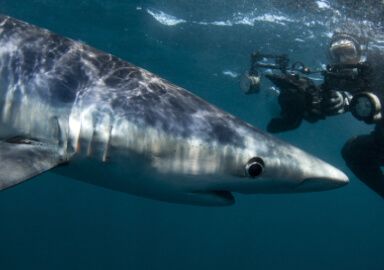 Blue Shark
8 offers
Blue Shark
8 offers
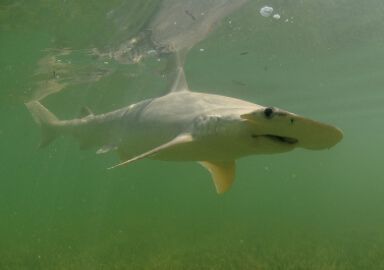 Bonnethead Shark
6 offers
Bonnethead Shark
6 offers
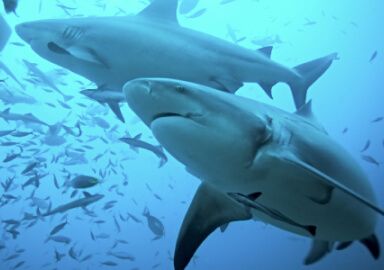 Bull Shark
12 offers
Bull Shark
12 offers
 Great White Shark
1 offer
Great White Shark
1 offer
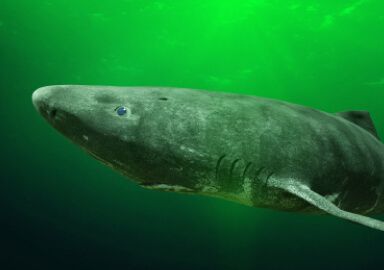 Greenland Shark
1 offer
Greenland Shark
1 offer
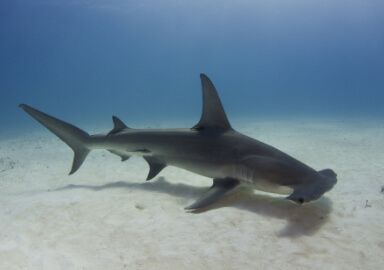 Hammerhead Shark
8 offers
Hammerhead Shark
8 offers
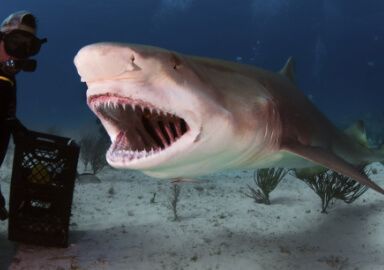 Lemon Shark
3 offers
Lemon Shark
3 offers
 Leopard Shark
1 offer
Leopard Shark
1 offer
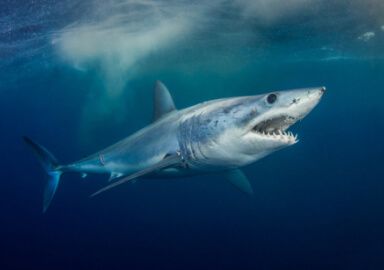 Mako Shark
27 offers
Mako Shark
27 offers
 Porbeagle Shark
2 offers
Porbeagle Shark
2 offers
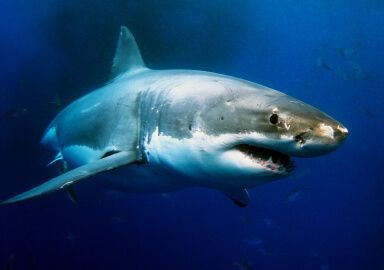 Shark
128 offers
Shark
128 offers
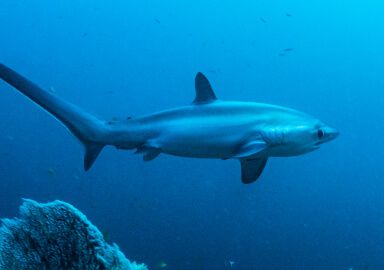 Thresher Shark
4 offers
Thresher Shark
4 offers
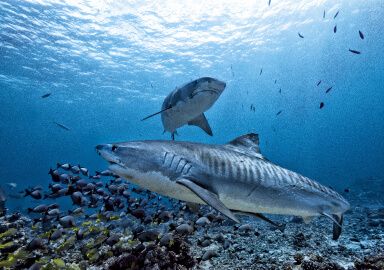 Tiger Shark
10 offers
Tiger Shark
10 offers




